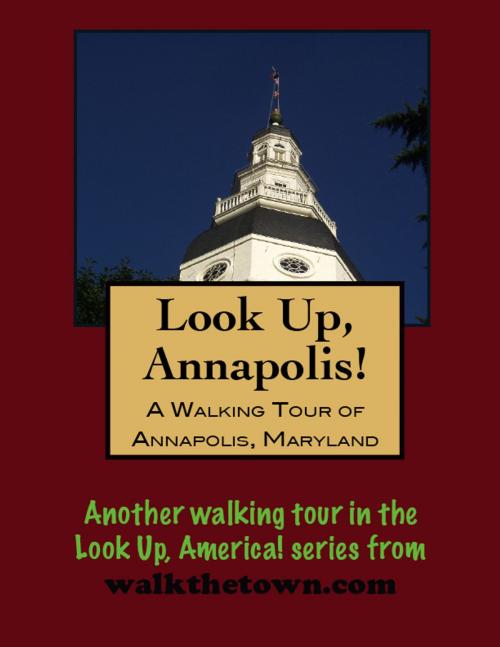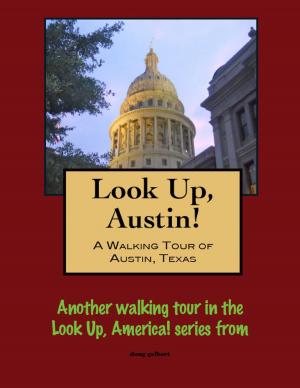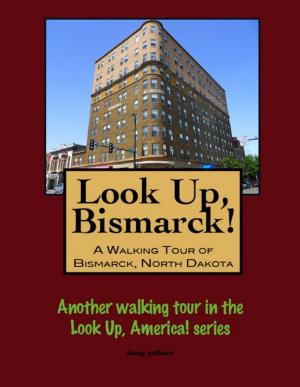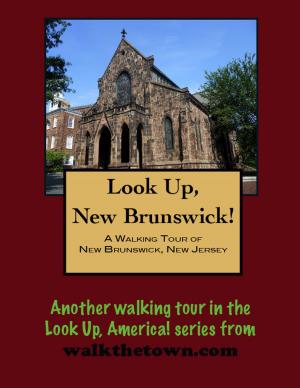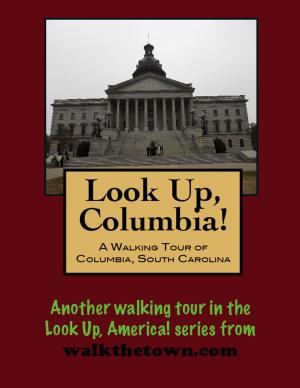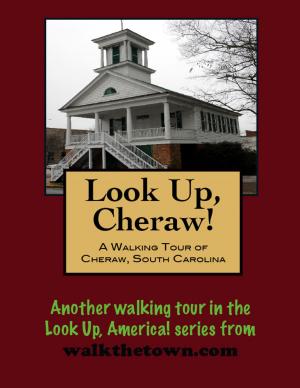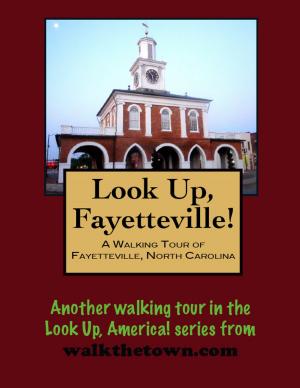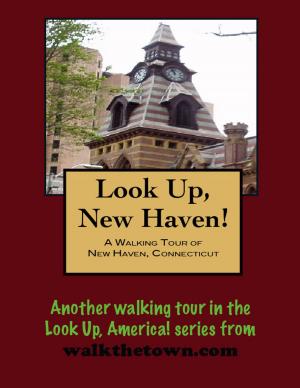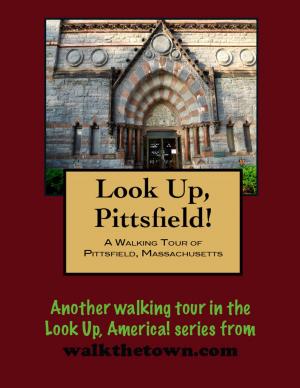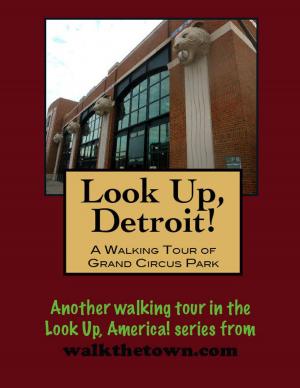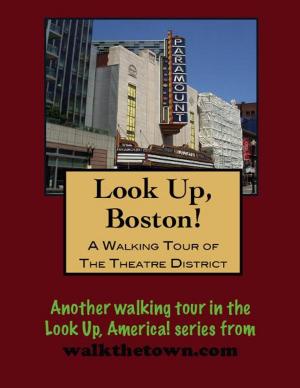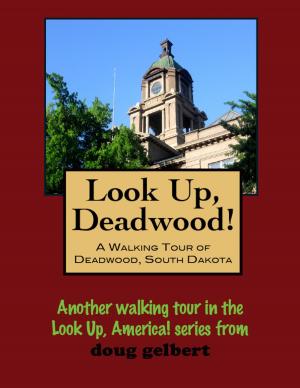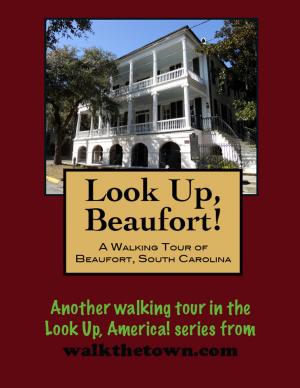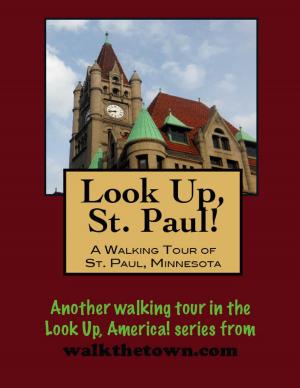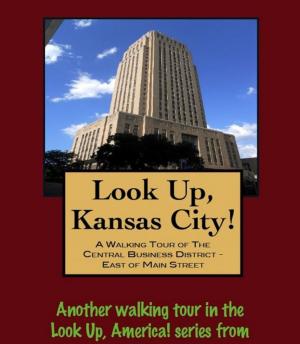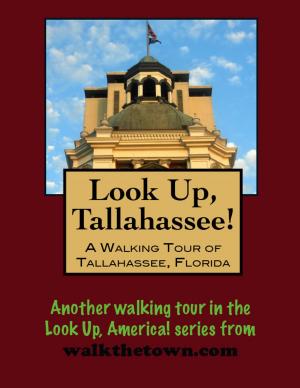| Author: | Doug Gelbert | ISBN: | 9781458094865 |
| Publisher: | Doug Gelbert | Publication: | March 3, 2011 |
| Imprint: | Smashwords Edition | Language: | English |
| Author: | Doug Gelbert |
| ISBN: | 9781458094865 |
| Publisher: | Doug Gelbert |
| Publication: | March 3, 2011 |
| Imprint: | Smashwords Edition |
| Language: | English |
There is no better way to see America than on foot. And there is no better way to appreciate what you are looking at than with a walking tour. This walking tour of Annapolis, Maryland is ready to explore when you are. Each walking tour describes historical, architectural landmarks, cultural sites and ecclesiastic touchstones and provides step-by-step directions.
Every tour also includes a quick primer on identifying architectural styles seen on American streets.
The original white settlement of the area near Annapolis was at Greenbury Point, although the land is now mostly covered by the Severn River. In the middle of the seventeenth century, Puritans living in Virginia were threatened with severe punishments by the Anglican Royal Governor if they did not conform to the worship of the Anglican church. Then Cecil Calvert, the second Lord Baltimore, offered the Pilgrims generous land grants, freedom of worship, and trading privileges if they agreed to move to Maryland, which he wanted to have settled. In 1649 they started a community on a site at the mouth of the Severn River on the western shore of Chesapeake Bay.
The Puritans named their new settlement Providence. In 1650, Lord Baltimore, the overseer of the colony, granted a charter to the county that surrounded Providence. He named it Anne Arundel County after his beloved wife, Anne Arundel, who had died shortly before at the age of thirty-four. But the Puritans refused to sign an oath of allegiance to Lord Baltimore, in part because he was a Roman Catholic. In 1655 he sent the St. Mary’s militia, headed by Governor William Stone, to force the Puritans into submission. A battle between the two groups took place on March 25, 1655. The Puritans won the conflict, which was the first battle between Englishmen on the North American continent. Eventually, Maryland became a royal colony.
Over time a small community began to develop on the peninsula that is the site of present-day Annapolis. It was known as Anne Arundel Town, taking its name from the county. The settlement grew and by the late 1600s the population of the province had reached nearly 25,000 residents. People started to object that the then-capital, St. Mary’s, was too far away from where the majority of the people lived. Royal Governor Francis Nicholson decided a more centrally located capital was needed and chose the site of what is now Annapolis. He named the new capital Annapolis in honor of Princess Anne, who became queen of England in 1702. It was Nicholson who determined that the city be built on a grand baroque street plan much like the great capitals of Europe. Streets were designed to radiate from a circle that was to contain the capitol. In a second circle was built an Anglican church.
Before the Revolution, there were fewer than 1,500 people in Annapolis, yet it was the center of wealth, culture, and crafts until the 1770s, when it was surpassed by Baltimore. This walking tour will begin at City Dock, the heart of the historic district and of the colonial seaport...
There is no better way to see America than on foot. And there is no better way to appreciate what you are looking at than with a walking tour. This walking tour of Annapolis, Maryland is ready to explore when you are. Each walking tour describes historical, architectural landmarks, cultural sites and ecclesiastic touchstones and provides step-by-step directions.
Every tour also includes a quick primer on identifying architectural styles seen on American streets.
The original white settlement of the area near Annapolis was at Greenbury Point, although the land is now mostly covered by the Severn River. In the middle of the seventeenth century, Puritans living in Virginia were threatened with severe punishments by the Anglican Royal Governor if they did not conform to the worship of the Anglican church. Then Cecil Calvert, the second Lord Baltimore, offered the Pilgrims generous land grants, freedom of worship, and trading privileges if they agreed to move to Maryland, which he wanted to have settled. In 1649 they started a community on a site at the mouth of the Severn River on the western shore of Chesapeake Bay.
The Puritans named their new settlement Providence. In 1650, Lord Baltimore, the overseer of the colony, granted a charter to the county that surrounded Providence. He named it Anne Arundel County after his beloved wife, Anne Arundel, who had died shortly before at the age of thirty-four. But the Puritans refused to sign an oath of allegiance to Lord Baltimore, in part because he was a Roman Catholic. In 1655 he sent the St. Mary’s militia, headed by Governor William Stone, to force the Puritans into submission. A battle between the two groups took place on March 25, 1655. The Puritans won the conflict, which was the first battle between Englishmen on the North American continent. Eventually, Maryland became a royal colony.
Over time a small community began to develop on the peninsula that is the site of present-day Annapolis. It was known as Anne Arundel Town, taking its name from the county. The settlement grew and by the late 1600s the population of the province had reached nearly 25,000 residents. People started to object that the then-capital, St. Mary’s, was too far away from where the majority of the people lived. Royal Governor Francis Nicholson decided a more centrally located capital was needed and chose the site of what is now Annapolis. He named the new capital Annapolis in honor of Princess Anne, who became queen of England in 1702. It was Nicholson who determined that the city be built on a grand baroque street plan much like the great capitals of Europe. Streets were designed to radiate from a circle that was to contain the capitol. In a second circle was built an Anglican church.
Before the Revolution, there were fewer than 1,500 people in Annapolis, yet it was the center of wealth, culture, and crafts until the 1770s, when it was surpassed by Baltimore. This walking tour will begin at City Dock, the heart of the historic district and of the colonial seaport...
